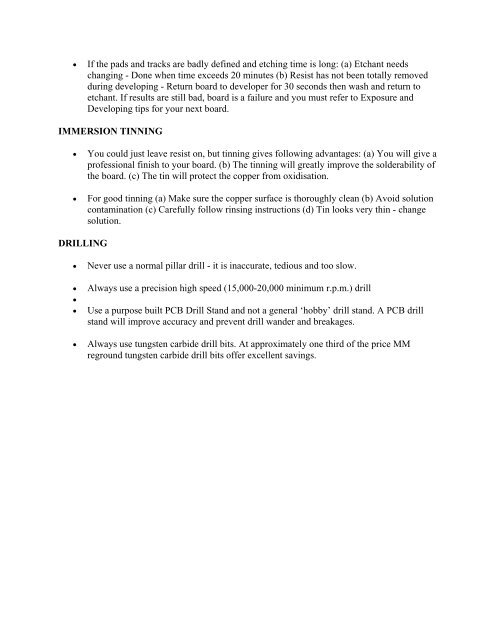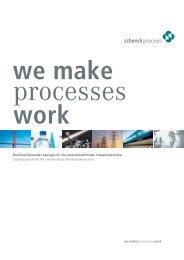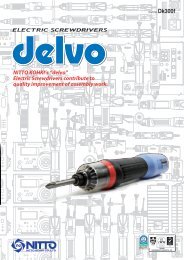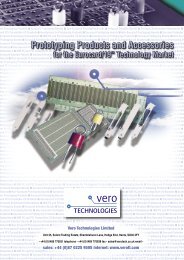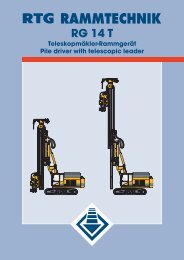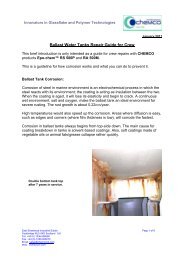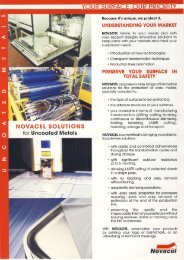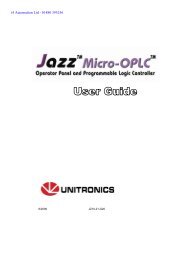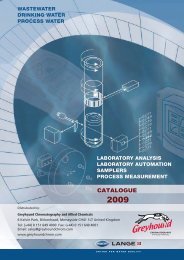SAFE AND ECONOMICAL STEPS TO PRODUCING A 'PCB'
SAFE AND ECONOMICAL STEPS TO PRODUCING A 'PCB'
SAFE AND ECONOMICAL STEPS TO PRODUCING A 'PCB'
Create successful ePaper yourself
Turn your PDF publications into a flip-book with our unique Google optimized e-Paper software.
• If the pads and tracks are badly defined and etching time is long: (a) Etchant needs<br />
changing - Done when time exceeds 20 minutes (b) Resist has not been totally removed<br />
during developing - Return board to developer for 30 seconds then wash and return to<br />
etchant. If results are still bad, board is a failure and you must refer to Exposure and<br />
Developing tips for your next board.<br />
IMMERSION TINNING<br />
• You could just leave resist on, but tinning gives following advantages: (a) You will give a<br />
professional finish to your board. (b) The tinning will greatly improve the solderability of<br />
the board. (c) The tin will protect the copper from oxidisation.<br />
• For good tinning (a) Make sure the copper surface is thoroughly clean (b) Avoid solution<br />
contamination (c) Carefully follow rinsing instructions (d) Tin looks very thin - change<br />
solution.<br />
DRILLING<br />
• Never use a normal pillar drill - it is inaccurate, tedious and too slow.<br />
• Always use a precision high speed (15,000-20,000 minimum r.p.m.) drill<br />
•<br />
• Use a purpose built PCB Drill Stand and not a general ‘hobby’ drill stand. A PCB drill<br />
stand will improve accuracy and prevent drill wander and breakages.<br />
• Always use tungsten carbide drill bits. At approximately one third of the price MM<br />
reground tungsten carbide drill bits offer excellent savings.


